My Garden Journey
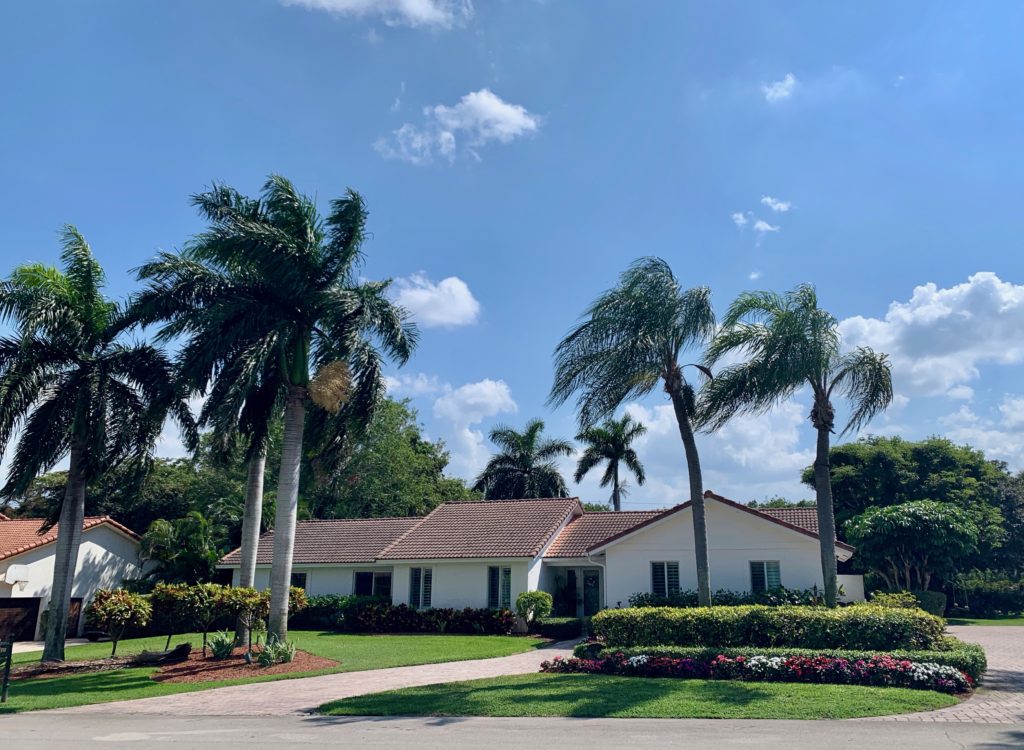 Having our garden on a House and Garden Tour recently has prompted me to write about a journey that has improved our immediate environment and given me new joy. Moving from Plant zone 7-B (Virginia) to Plant zone 10-B (South Florida) seven years ago impelled me to get my hands dirty and learn how to grow plants in sandy soil where temperatures rarely dip below 40 F. Fortunately, I had joined the Quail Ridge Garden Club in 2012 and had learned a few basics. First stop was Johnny Mango’s great garden store for big colorful pots of ferns, Curly Crotons and Pothos to embrace the front door.
Having our garden on a House and Garden Tour recently has prompted me to write about a journey that has improved our immediate environment and given me new joy. Moving from Plant zone 7-B (Virginia) to Plant zone 10-B (South Florida) seven years ago impelled me to get my hands dirty and learn how to grow plants in sandy soil where temperatures rarely dip below 40 F. Fortunately, I had joined the Quail Ridge Garden Club in 2012 and had learned a few basics. First stop was Johnny Mango’s great garden store for big colorful pots of ferns, Curly Crotons and Pothos to embrace the front door.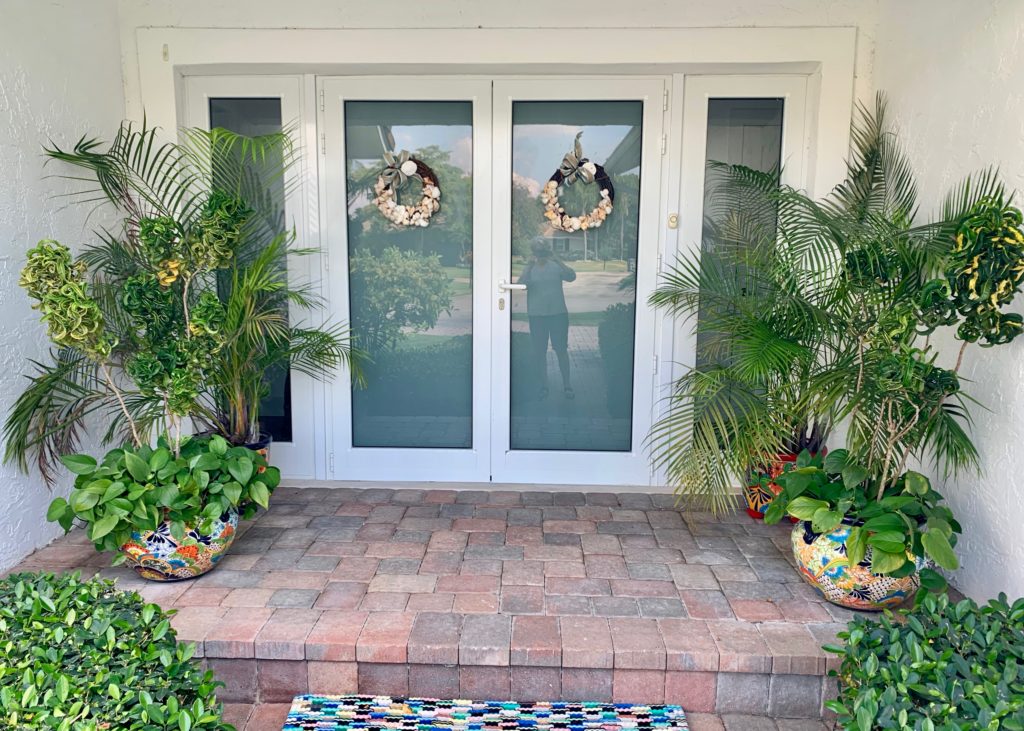
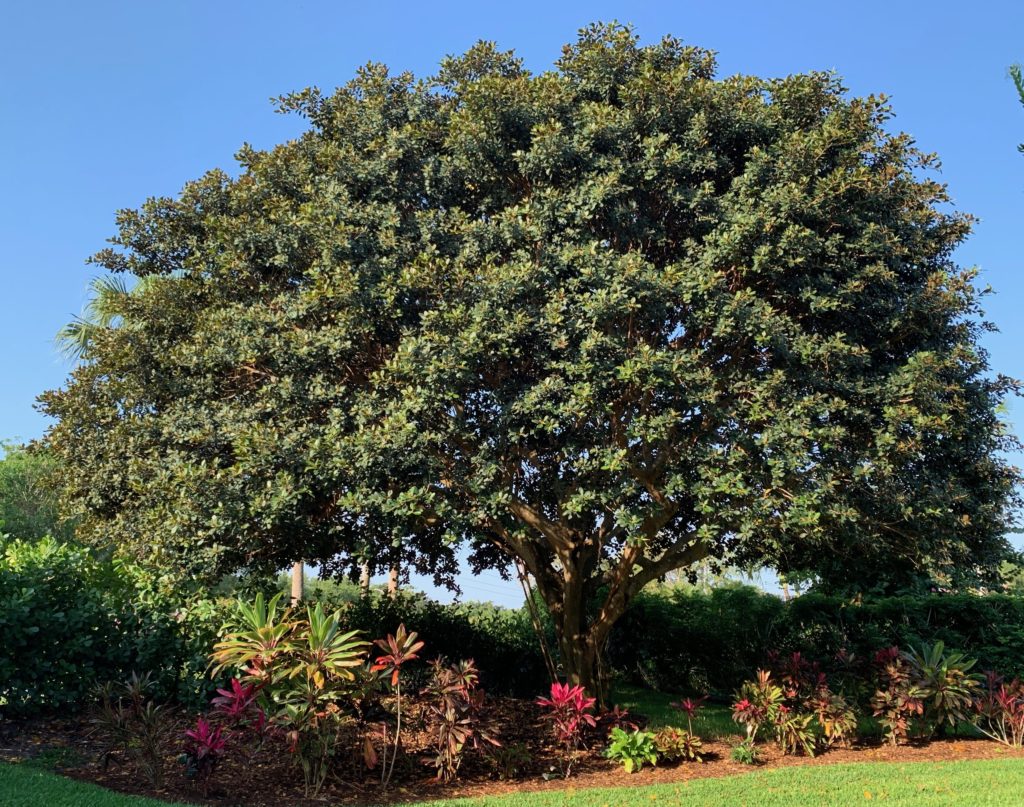
Successes: Most of the plants installed in 2018 have done very well. In addition, we’ve had an unexpected victory: in the fall of 2019 we had to remove a dead Royal Palm tree from the backyard. In its place, I planted a 12-inch seedling of a Royal Palm from the front yard. In three-and-a-half years it has reached twenty feet in height. When will it catch up with its Royal sisters?
A few failures: Alas, the expensive citrus trees we requested for Fred Briese to plant in the backyard required skills and attention that we lacked. They just didn’t make it. And only one Tibouchina tree survives in the front; the other two fell victim to the heavy “boots” that the Royal Palms erratically drop. The rosemary I planted did well, but some creatures ate all my other herbs.
A new approach: To replace the citrus trees in the backyard, I hired Jeff Nurge of the Florida Native Plant Society in June 2021 to install Florida native plants that would attract bees, birds and butterflies. By then I was serving as Treasurer of the Garden Club, so I arranged for Jeff to give a program on native plants for the Club that November. It was well-received.
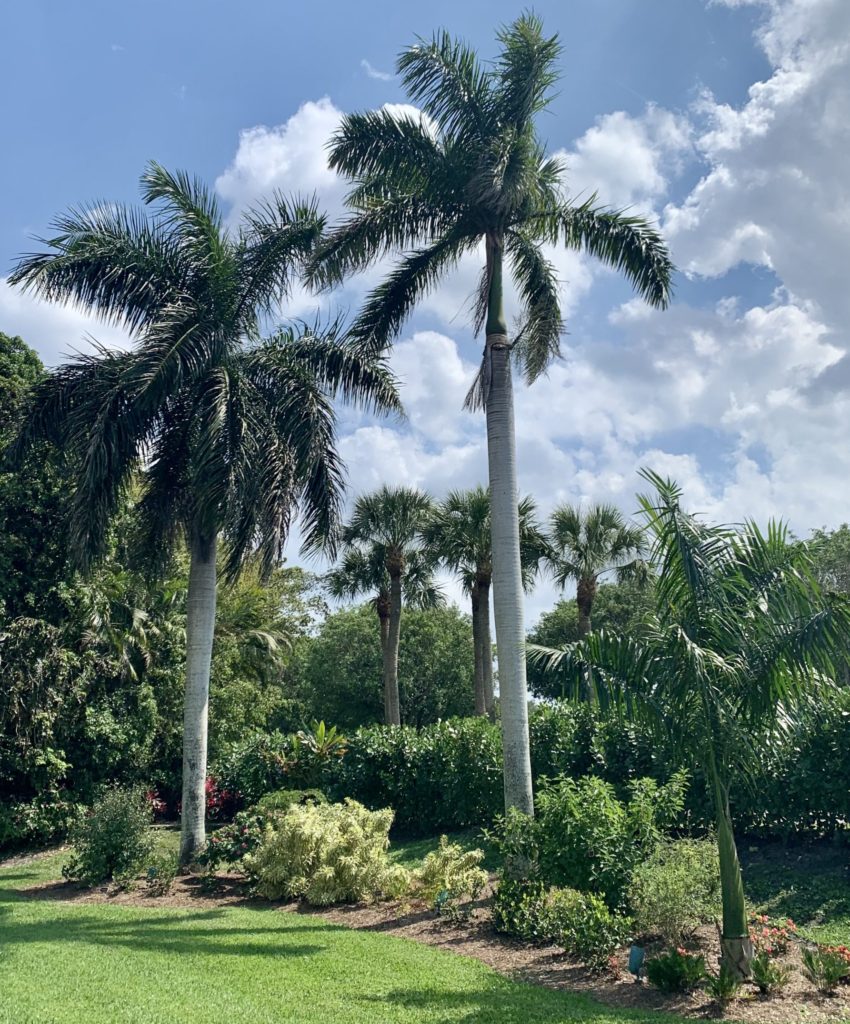 Twenty months later Jeff’s plantings are doing well, as you will see here and below. Meanwhile, our gardener, Sejourne Michel, had dug out the diseased Ficus hedge in the back and planted Clusia, a variety native to the tropics. On March 3 this year my garden was selected as one of nine houses on the Garden Club’s House and Garden Tour, which lasted from 10 am to 2 pm. More than 200 people bought tickets and scores of volunteers participated. At my house we offered free sprigs of Rosemary. Many took some home; some even got to swing on my granddaughters’ swing!
Twenty months later Jeff’s plantings are doing well, as you will see here and below. Meanwhile, our gardener, Sejourne Michel, had dug out the diseased Ficus hedge in the back and planted Clusia, a variety native to the tropics. On March 3 this year my garden was selected as one of nine houses on the Garden Club’s House and Garden Tour, which lasted from 10 am to 2 pm. More than 200 people bought tickets and scores of volunteers participated. At my house we offered free sprigs of Rosemary. Many took some home; some even got to swing on my granddaughters’ swing!
Credits: My friend Marjo van Patten visited here both before and after her trip to Costa Rica, She showed me how pulling weeds regularly pays off and encouraged me to hire more help to make the yard look really spiffy. When Nina Pitkin came a week later, she recommended some color enhancements that were icing on the cake; she even got down on her knees and planted some. My new friend Riva Richards supplied signs for all plants and organized the welcome team. Nina and Margot’s swing in the side yard came in very handy.
Here are photos and descriptions of seven native plants that are now attracting pretty flyers to our garden: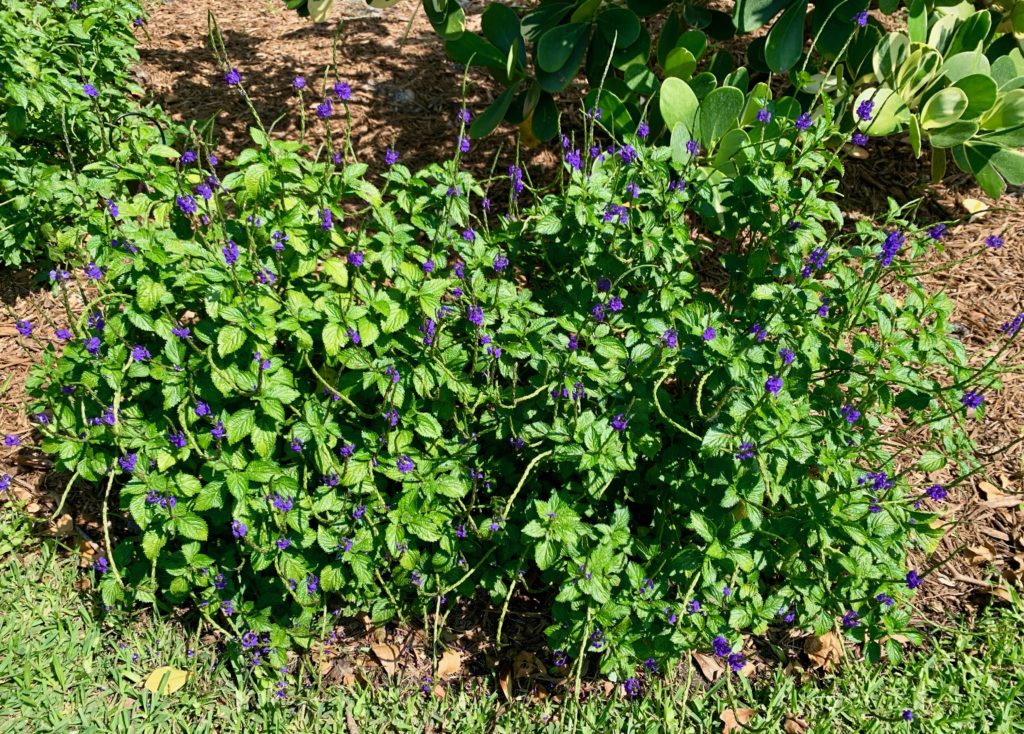
Porterweed (S. jamaicensis) is native to Florida and attracts butterflies.
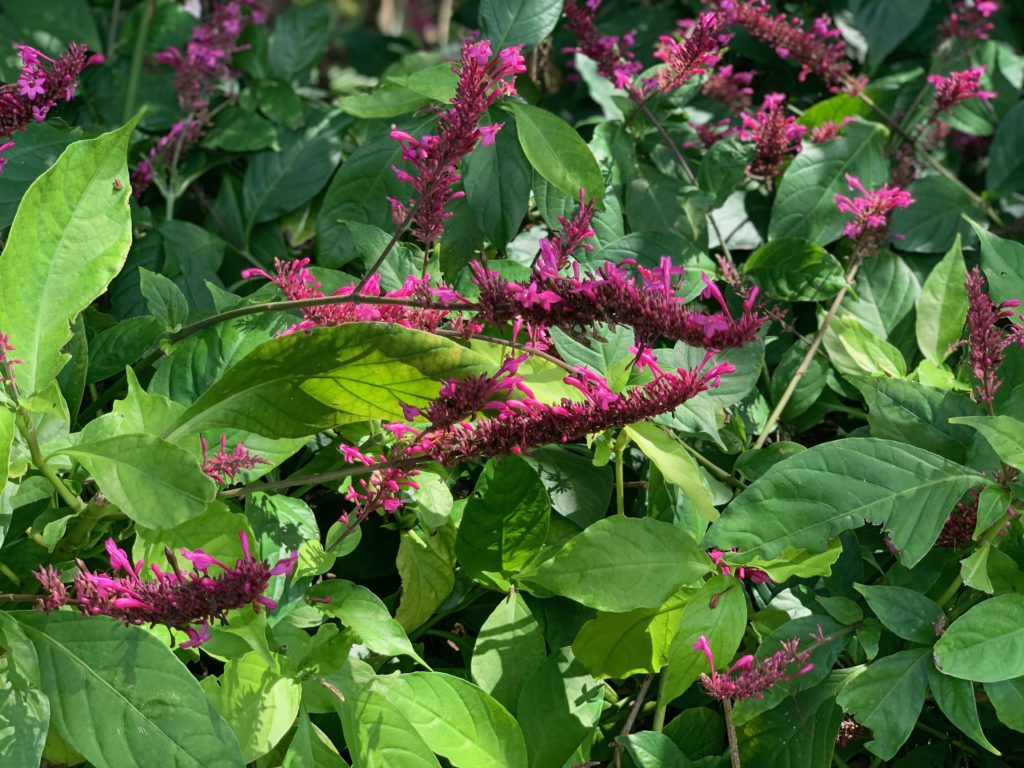
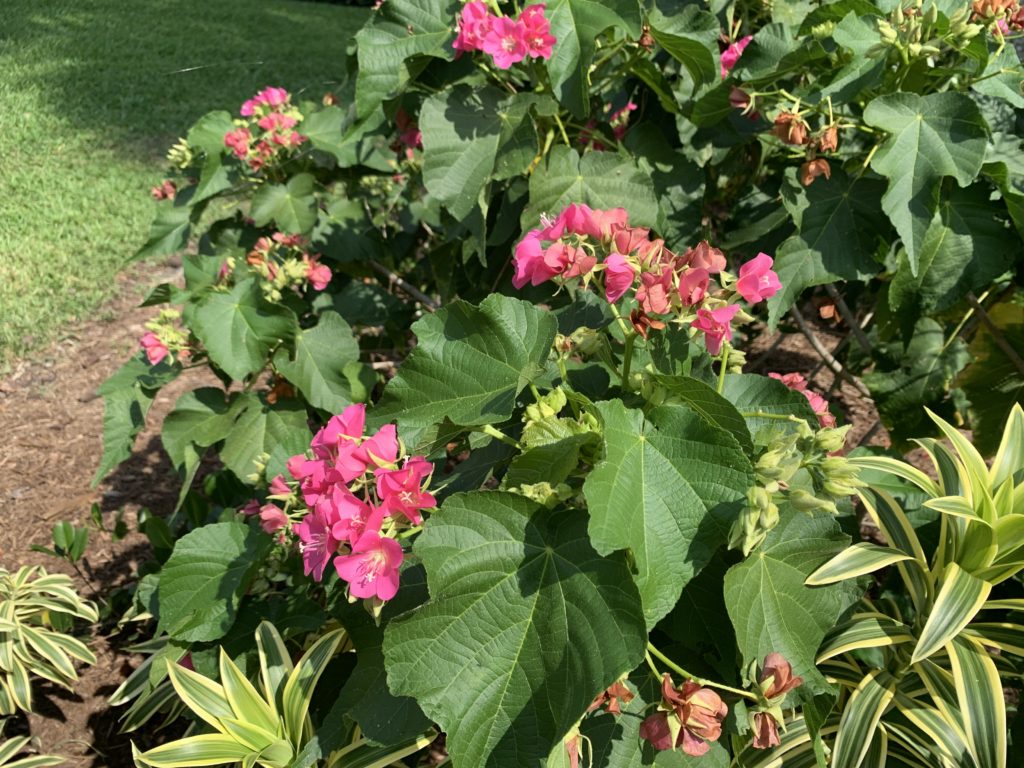
The flowers are pink to rose color and bloom from fall to spring. It is a large shrub that grows 7 feet tall and about the same in width. It can be kept to about 5 feet tall with pruning.
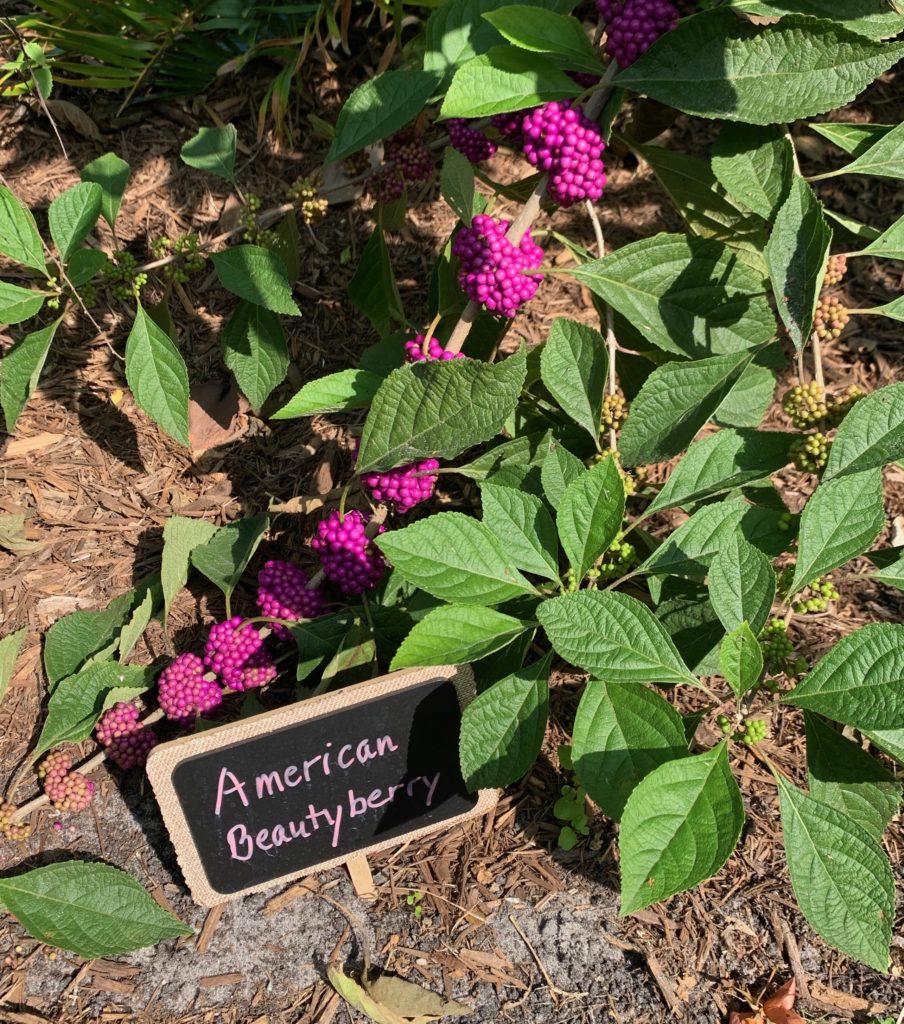
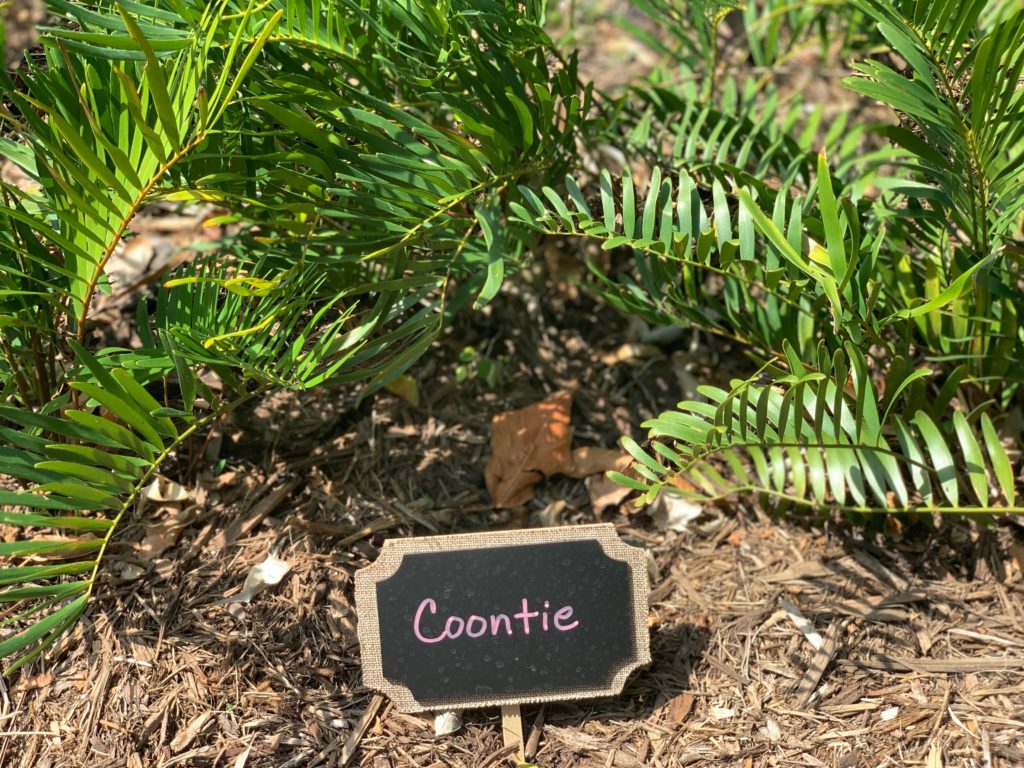
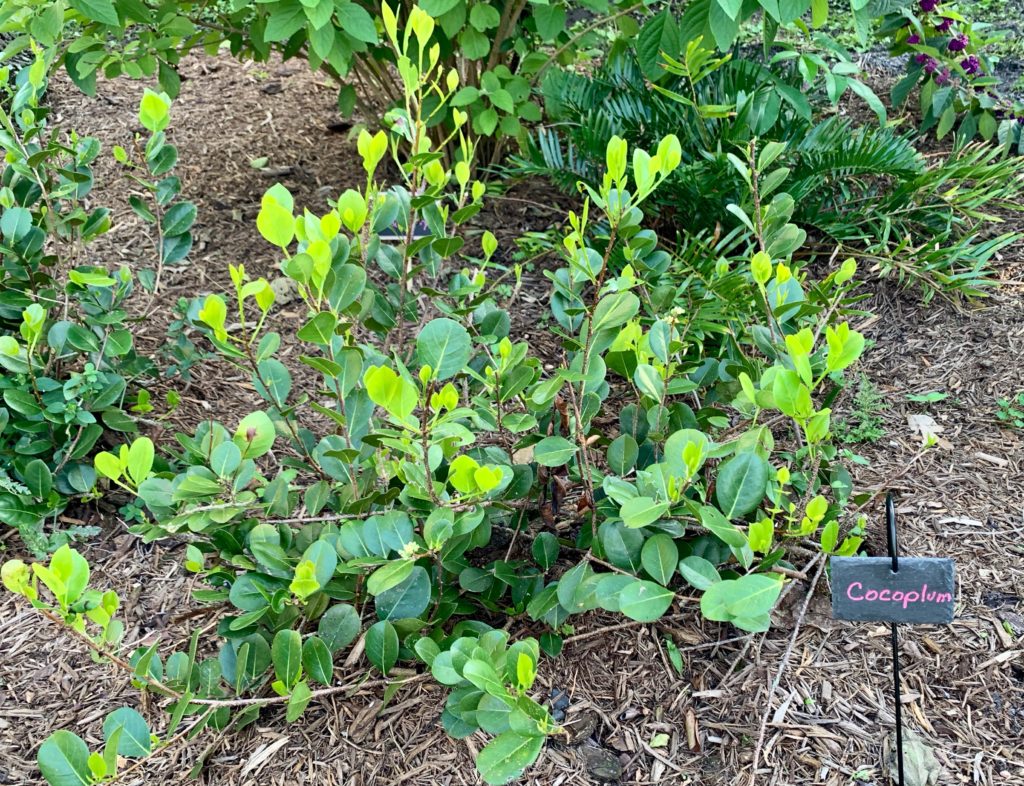
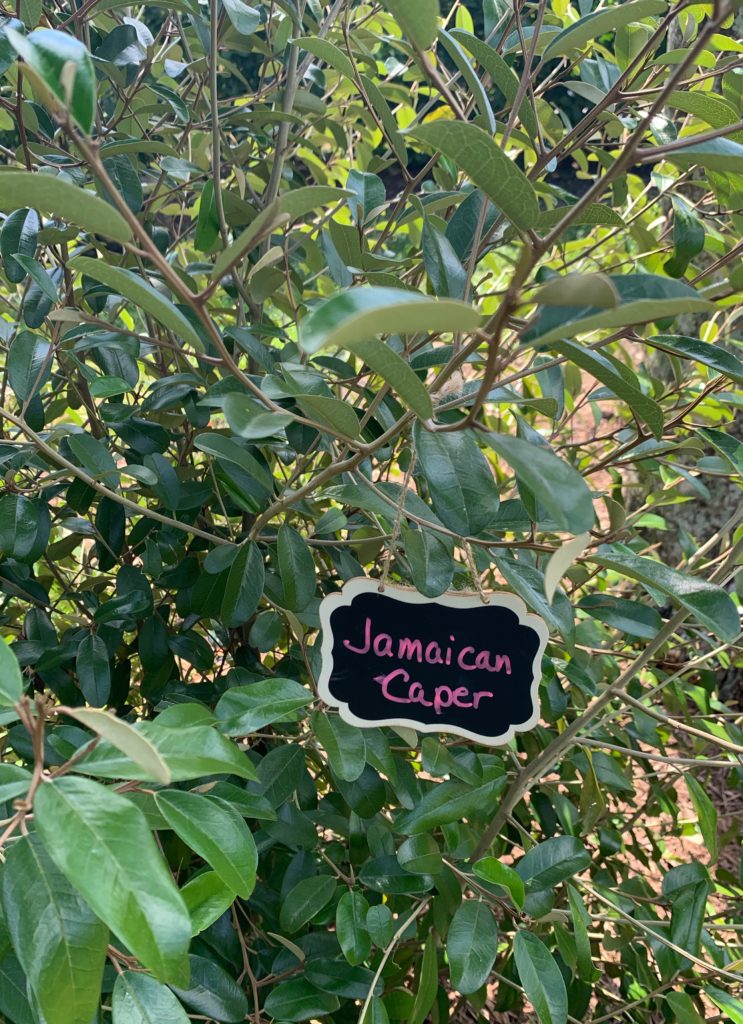
Besides these seven plants pictured, we also have Pineland Strongbark, Grayleaf, and Lignum Vitae, but they are not ready to be photographed yet. I really enjoy checking on the garden daily. So far, the bees have been the most ardent visitors, followed closely by butterflies. I’m ready for the birds to find the American Beautyberries, but they have yet to appear, at least when I’m looking. I continue to go to Garden Club meetings and re-read the books I have collected.
More Garden Club benefits: A program on Bonsai on March 5, 2020 inspired me to buy a small jade tree. With the onset of COVID-19 later that month my friend Joan Baer, who had purchased “Baby Buddha” at the same program, decided to sequester in Michigan and entrusted her treasure to me. Three years later, after a visit to the Bonsai Brothers, these two bonsais are thriving. They add interest to the pool area.
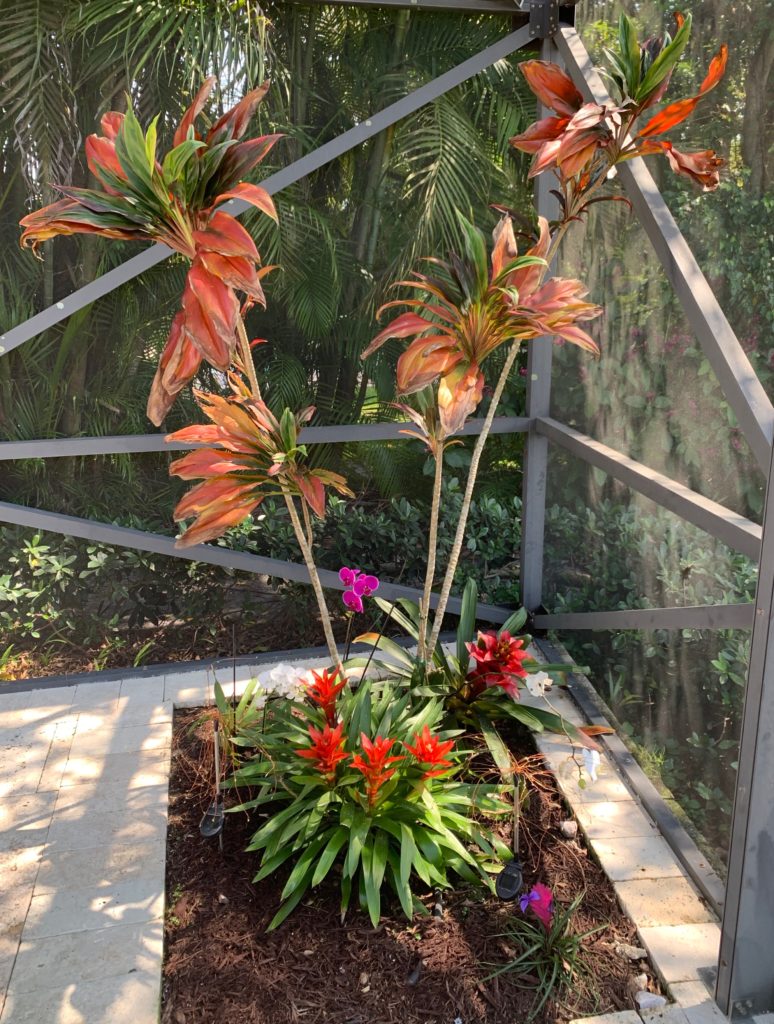 A small plot in the corner of our pool enclosure features the Singapore Cordylines that Fred Briese planted five years ago and the Bromeliads that Rosemary Crow gave me two years ago. In the front on the right you can see a plant that Nina Pitkin selected. At sunset each night “fairy” lights appear on those two slender metal tubes you may see: solar lights that Laine Cobb gave us. I loved swinging with relief when the Garden Tour was over, but I know there’s still much more to learn!
A small plot in the corner of our pool enclosure features the Singapore Cordylines that Fred Briese planted five years ago and the Bromeliads that Rosemary Crow gave me two years ago. In the front on the right you can see a plant that Nina Pitkin selected. At sunset each night “fairy” lights appear on those two slender metal tubes you may see: solar lights that Laine Cobb gave us. I loved swinging with relief when the Garden Tour was over, but I know there’s still much more to learn!
My friend Linda Prior recently gave me John Philip Newell’s book, Sacred Earth Sacred Soul: Celtic Wisdom for Reawakening to What Our Souls Know and Healing the World, which has alerted me to the spiritual dimension of gardening. In it, I found this prayer of awareness:
Awake, O my soul,
And know that you are born of the earth.
Awake to your love for her,
Sown like a seed in the womb of your beginnings.
Honor her, protect her, cherish and adore her.
Awake, O my soul,
And know that you are born of the earth.

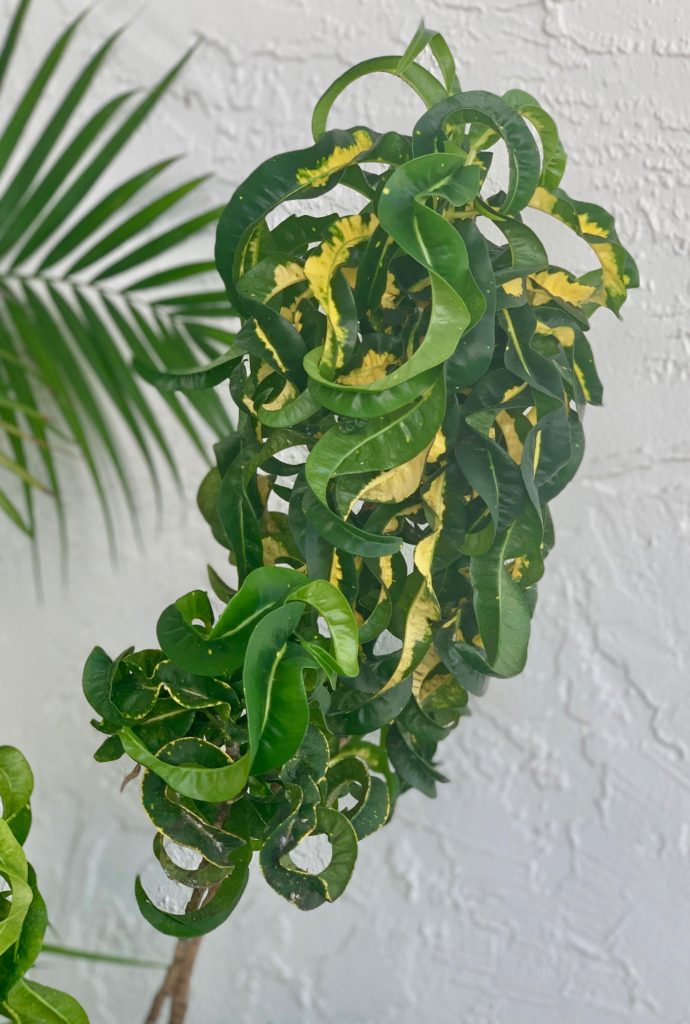
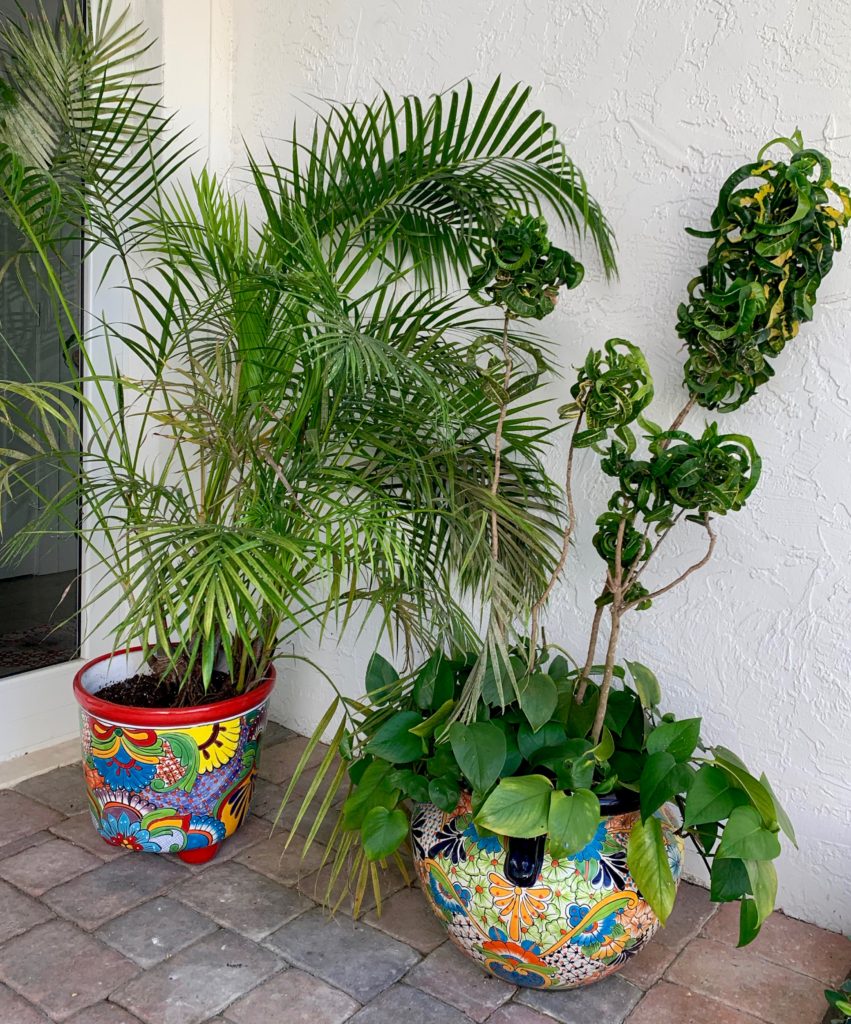
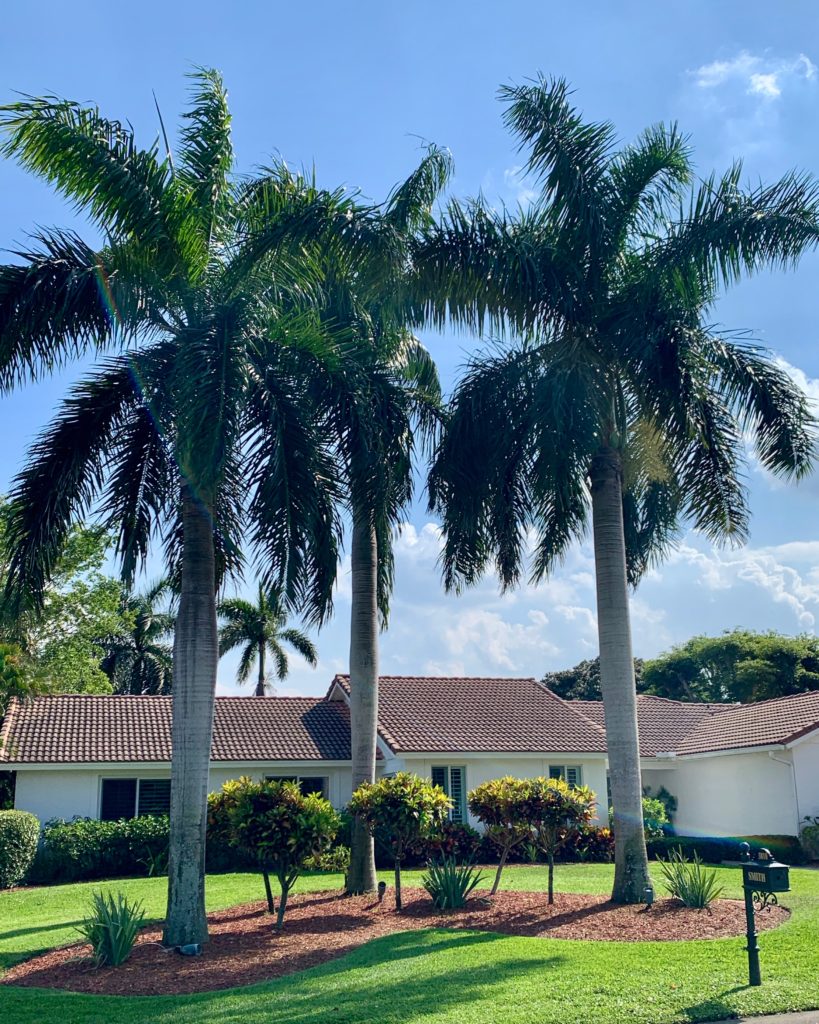
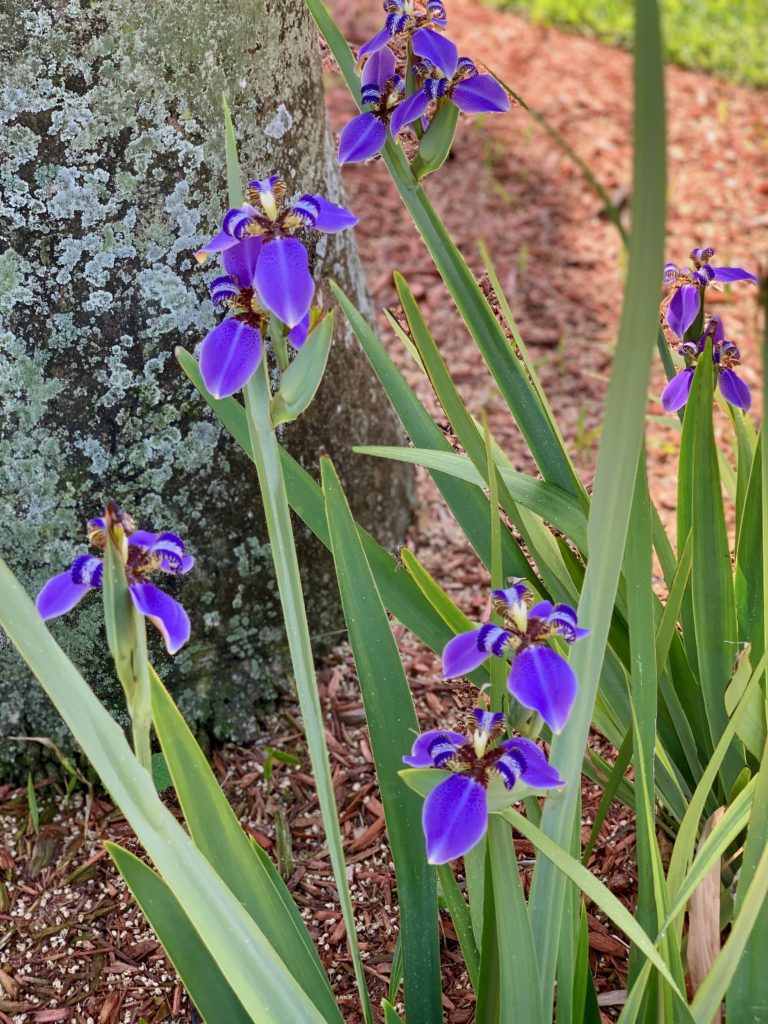
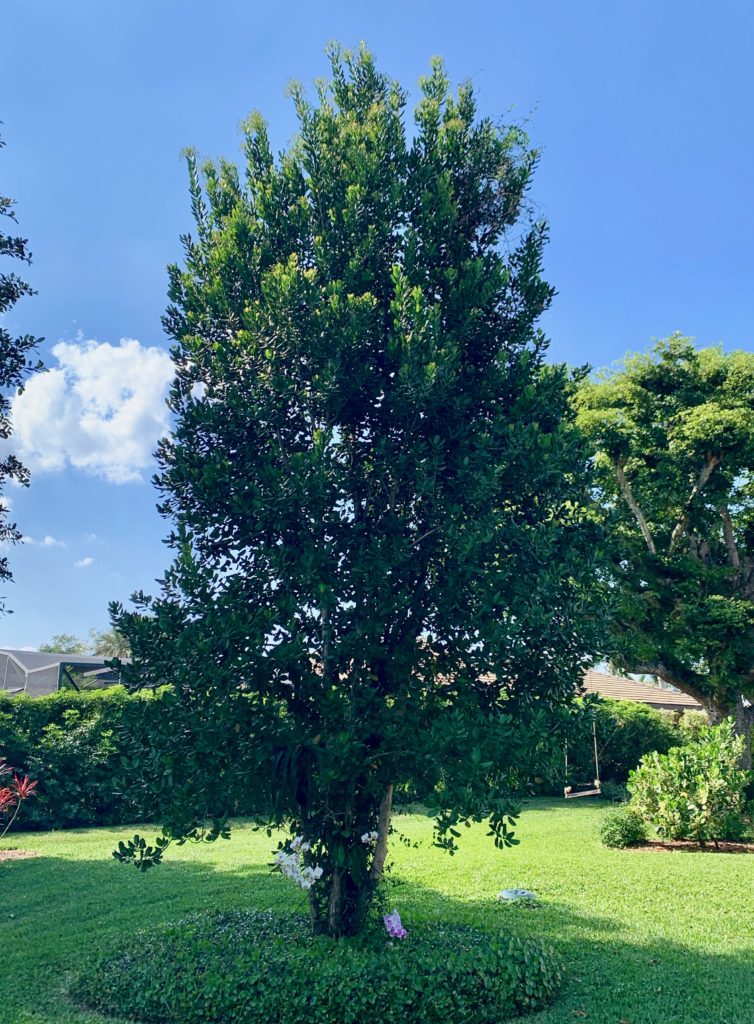
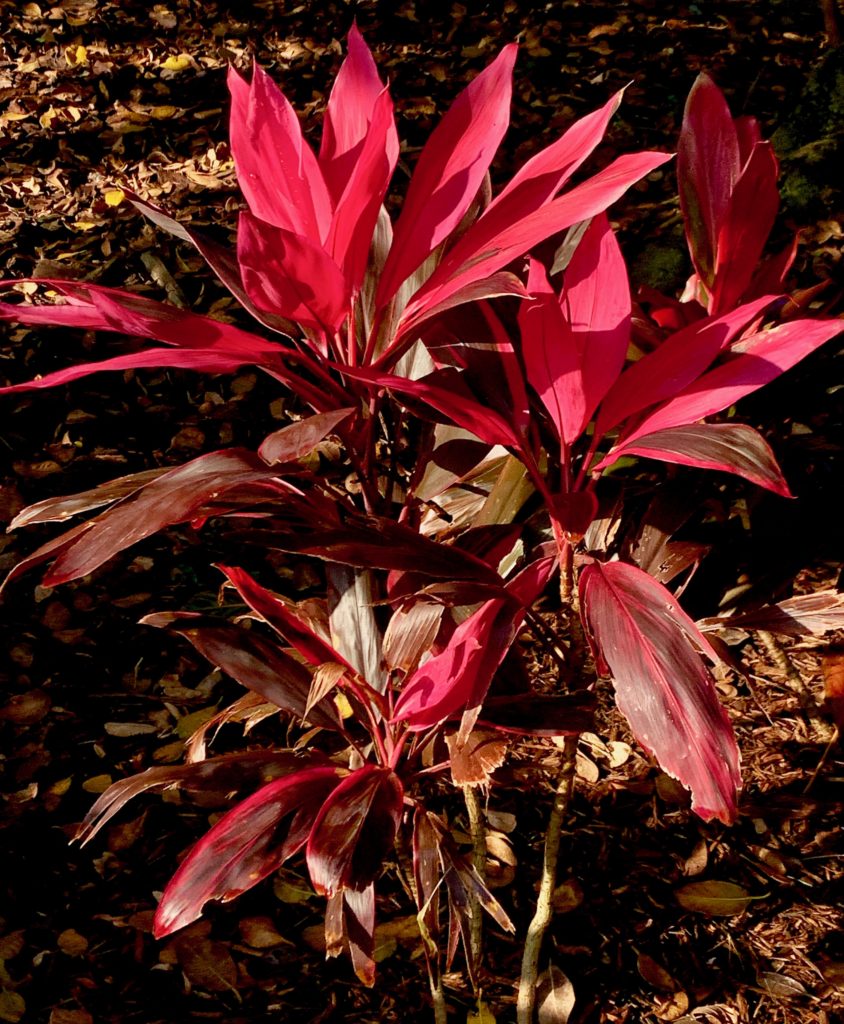
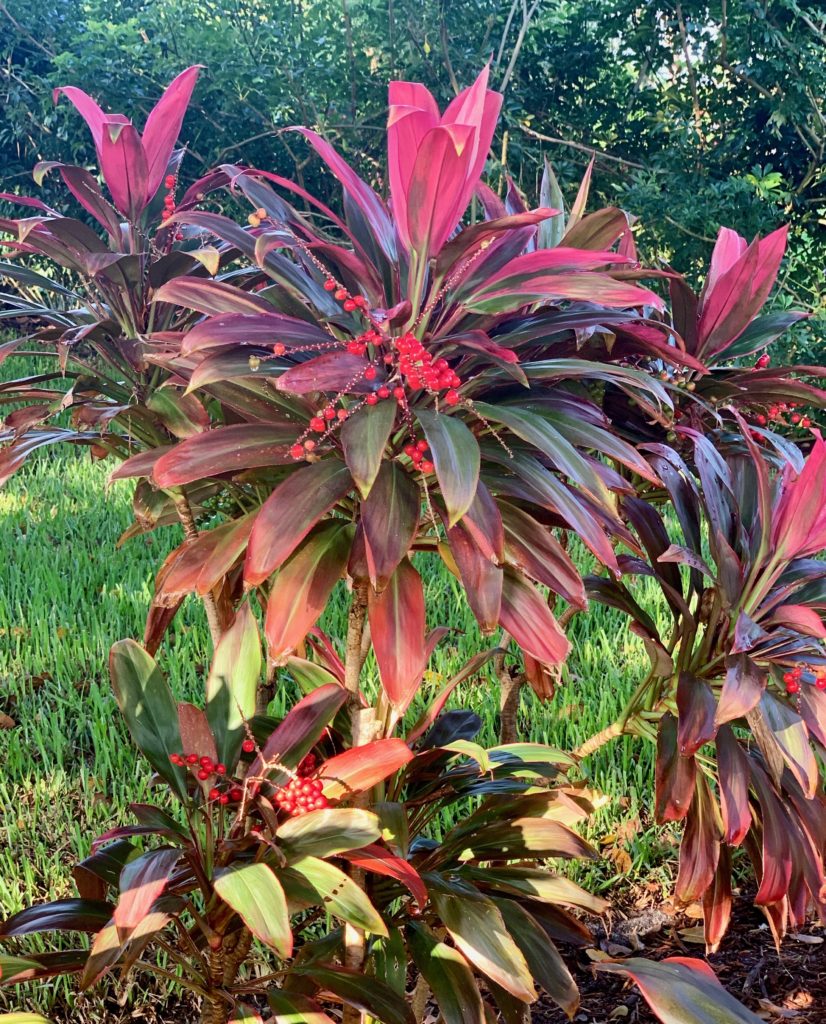
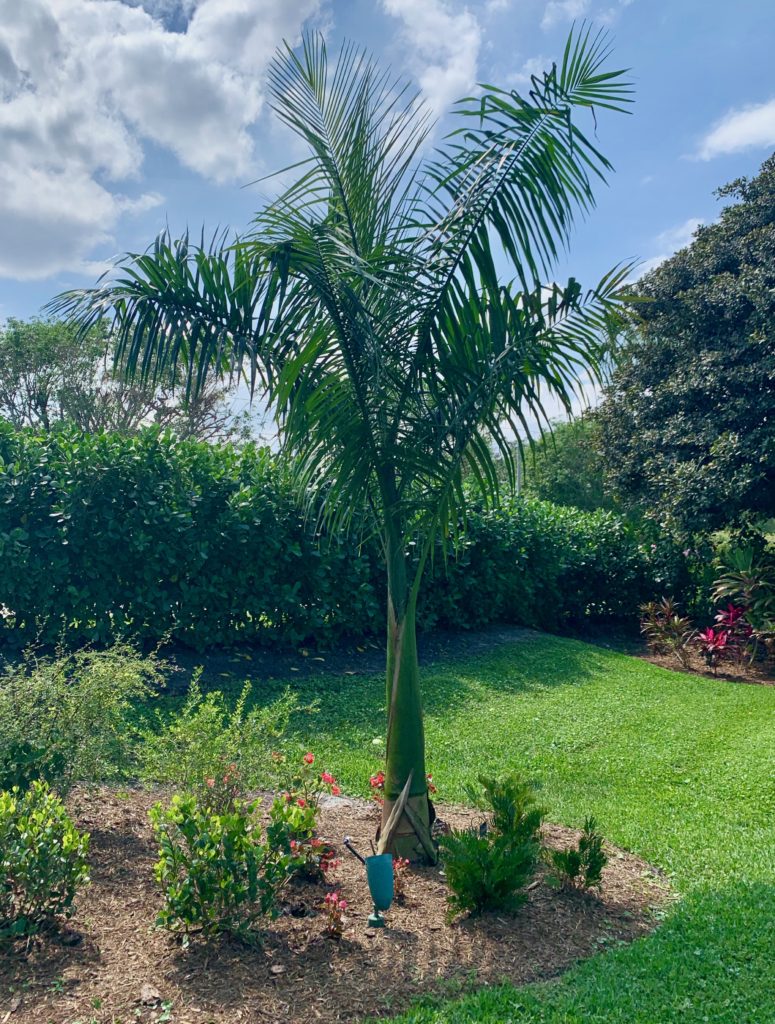
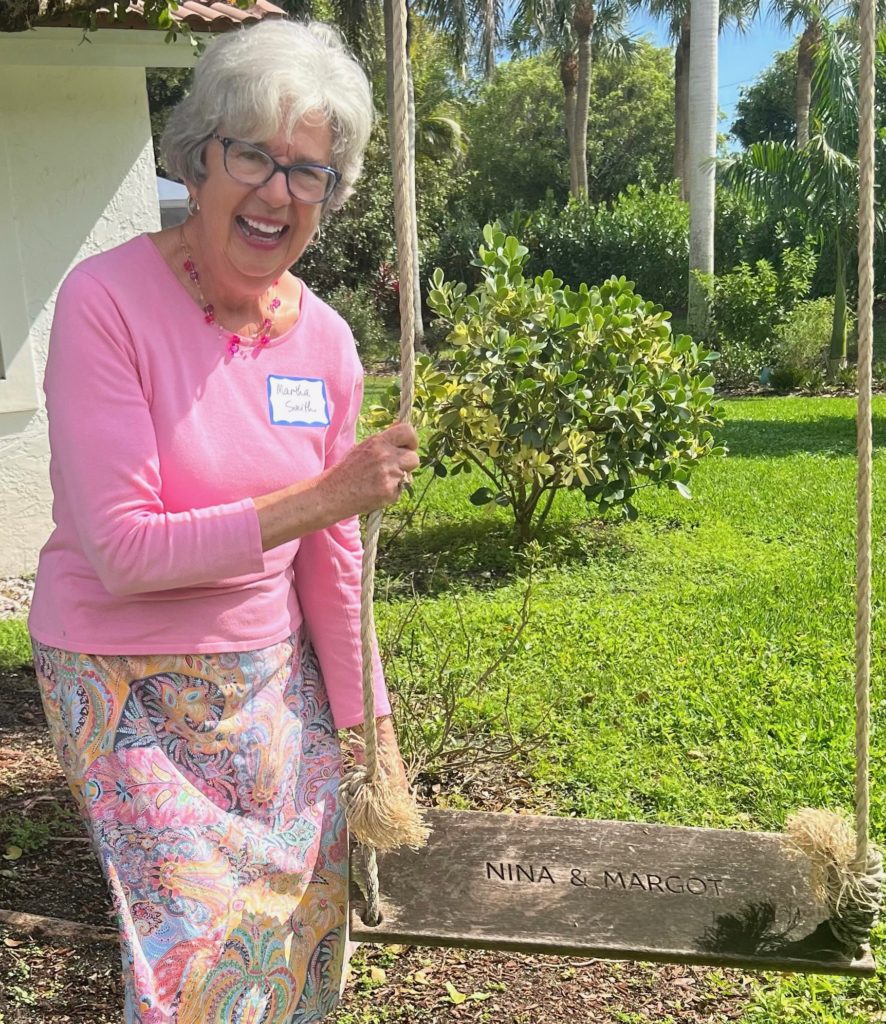
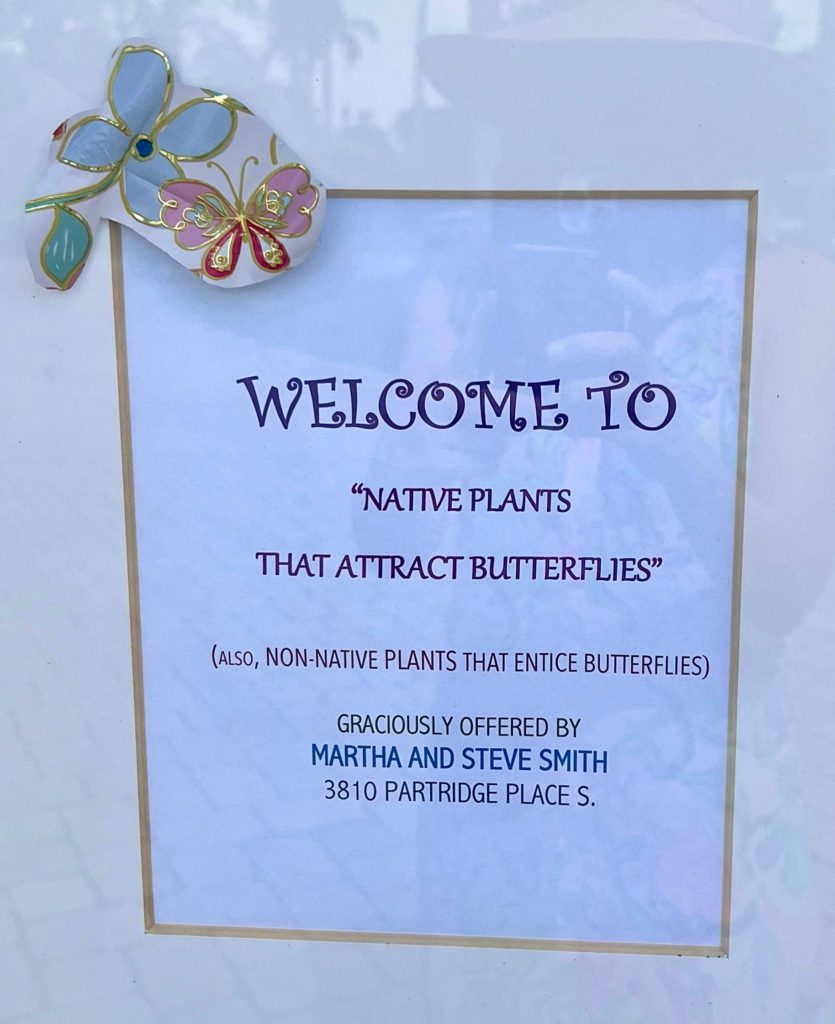
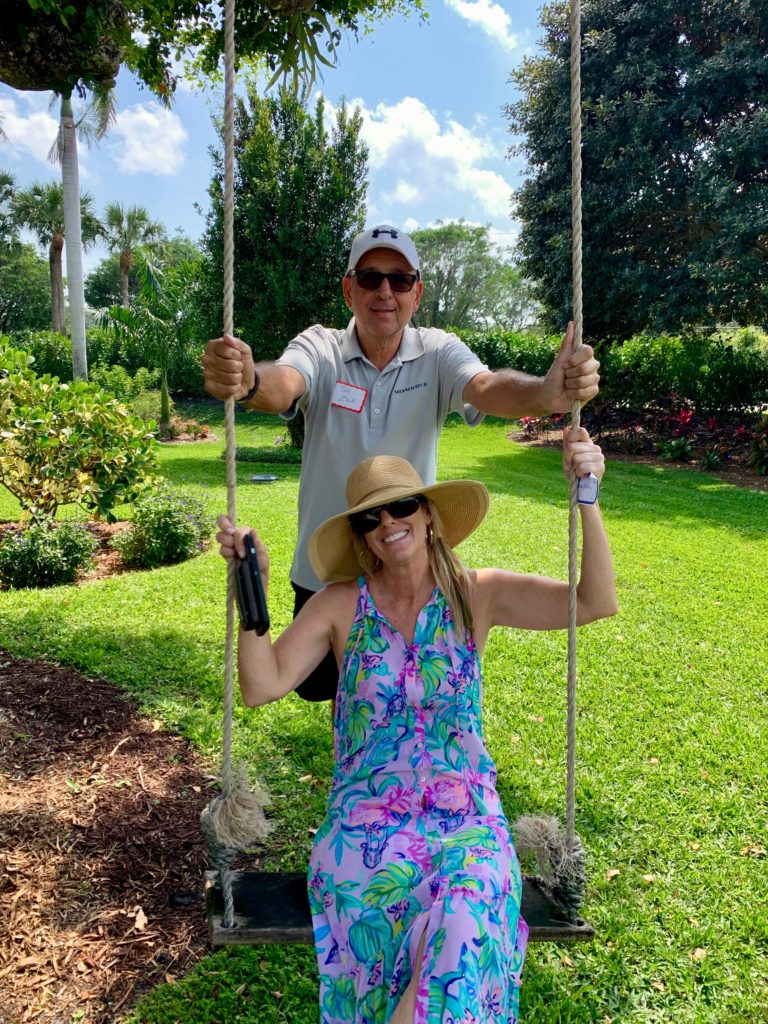
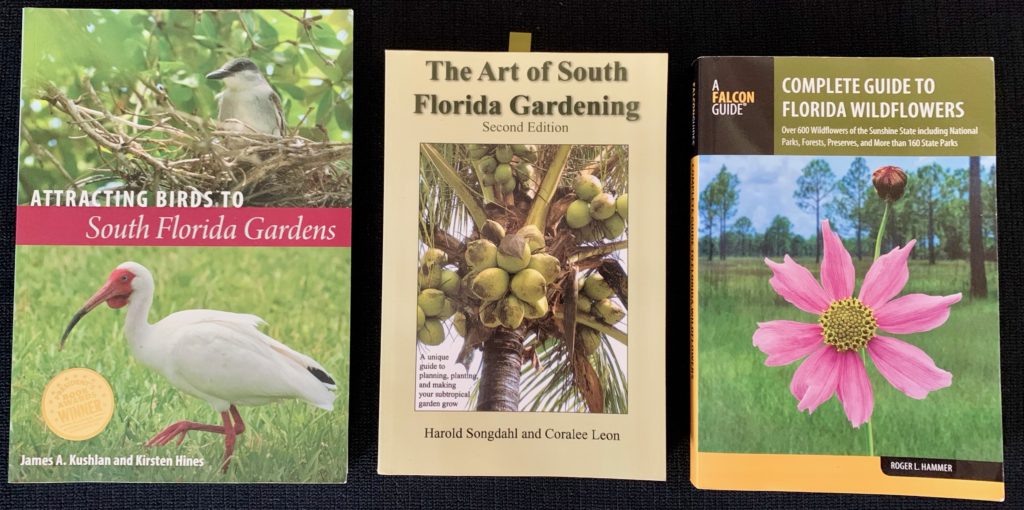
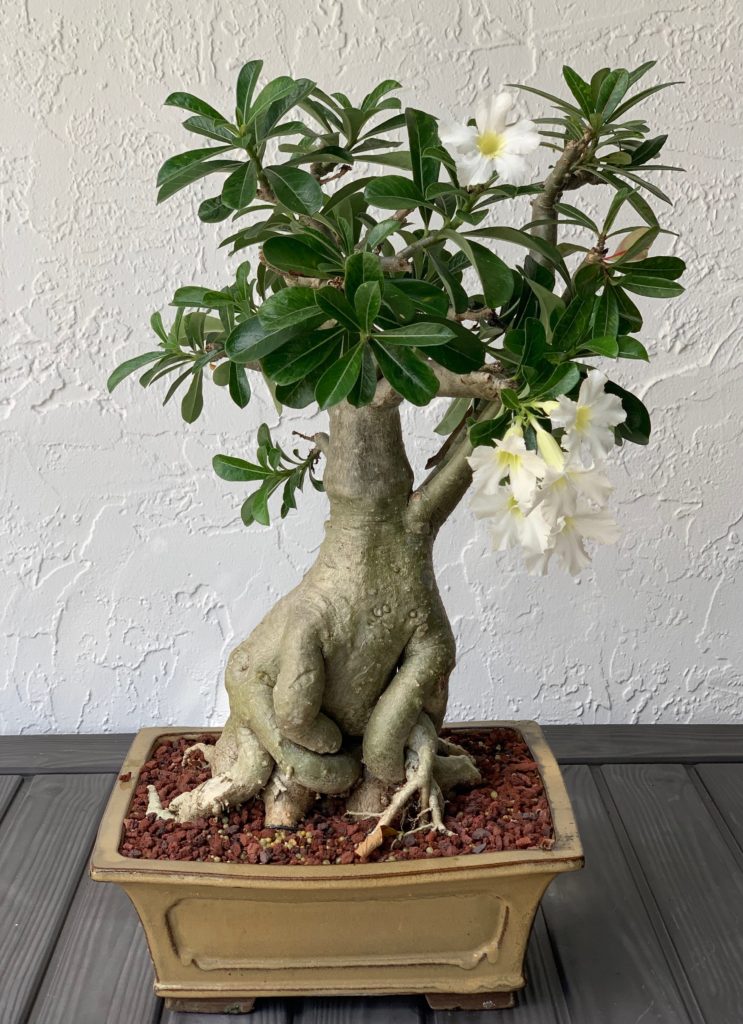
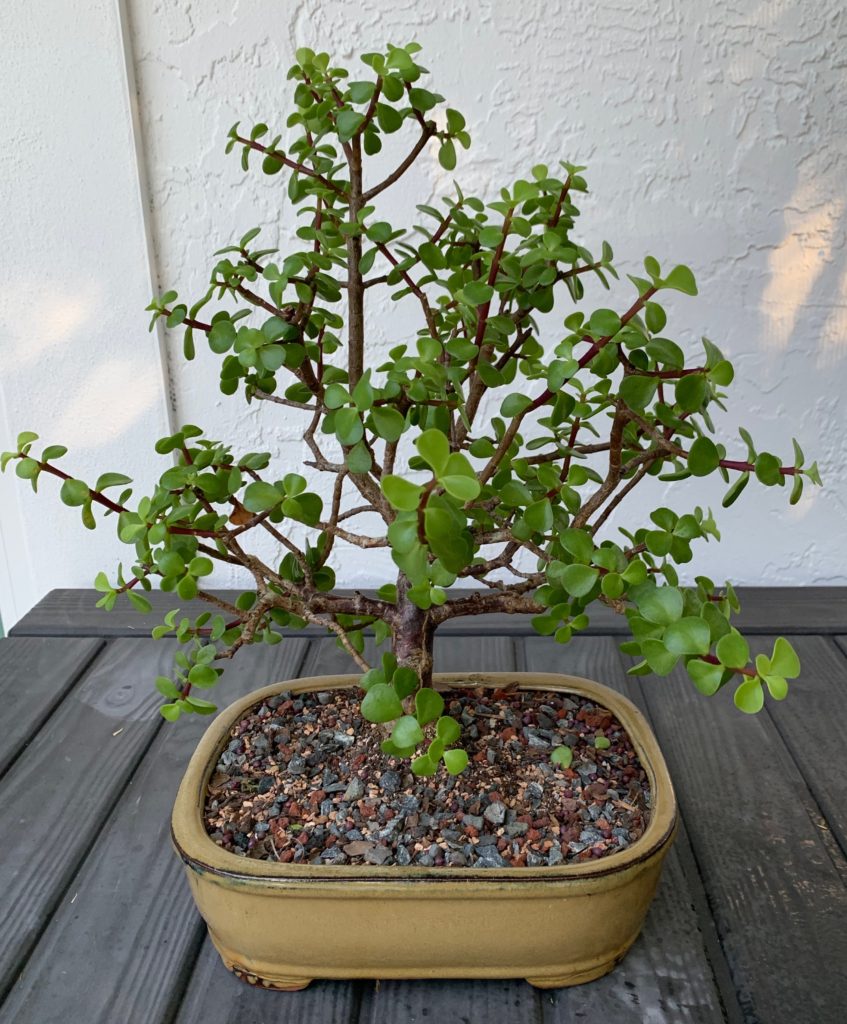
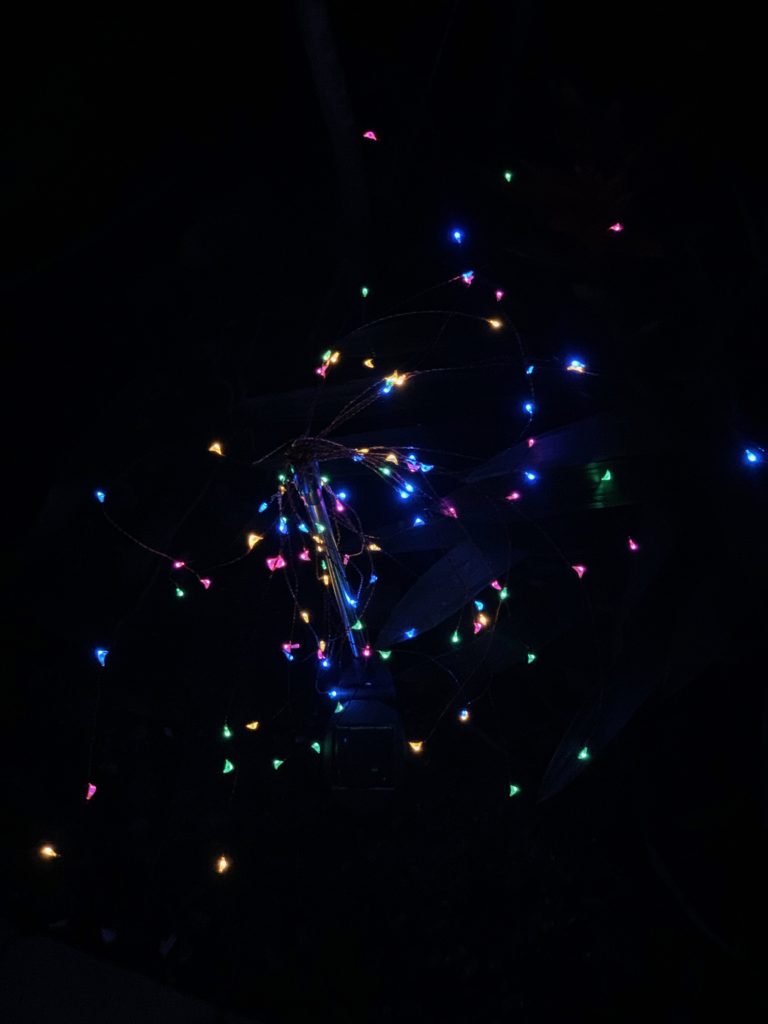
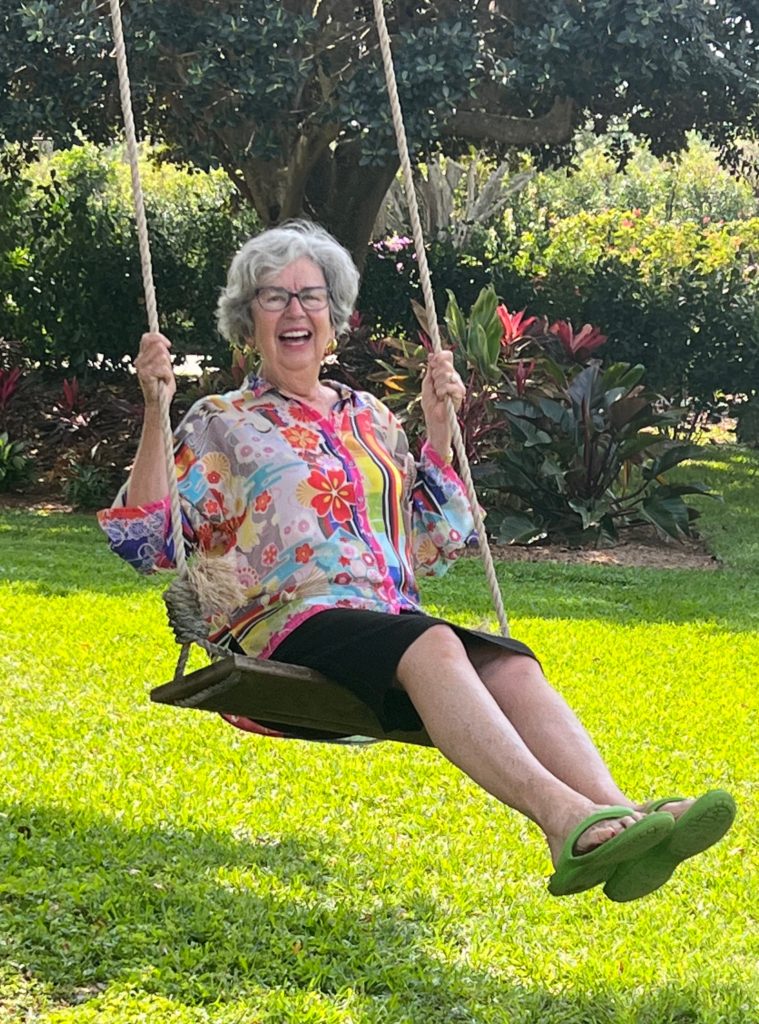
Leave a Reply